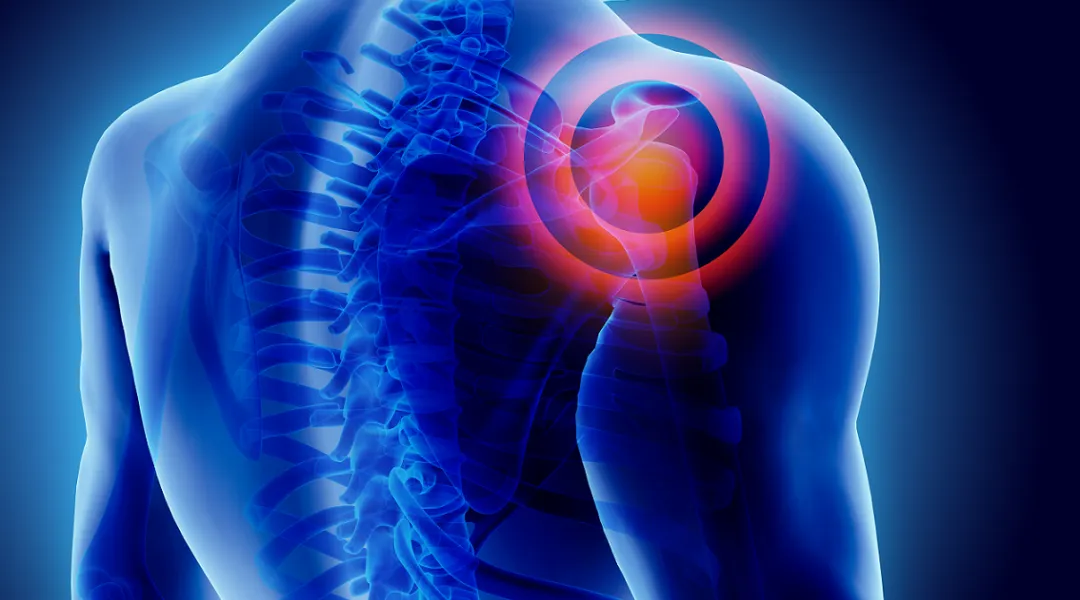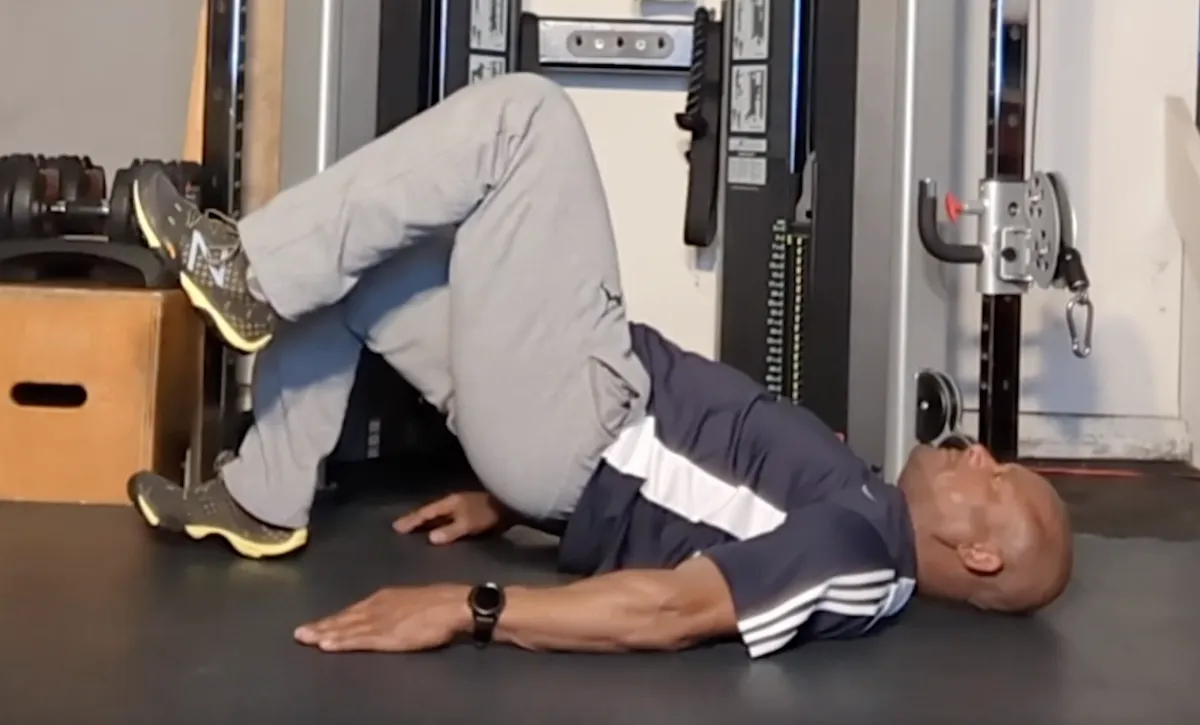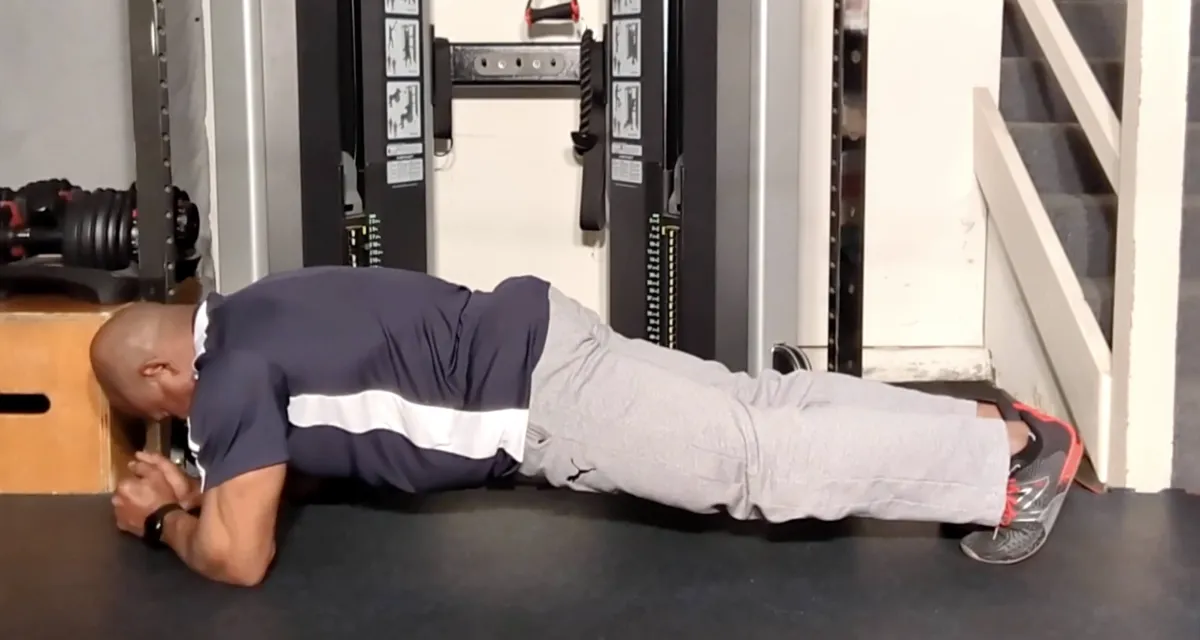
RESOURCES

The Posture Problem: How Poor Alignment Contributes to Shoulder Pain
In our fast-paced, technology-driven world, many individuals find themselves spending extended hours hunched over desks, computers, and mobile devices. This prevalent lifestyle has led to a surge in posture-related issues, particularly shoulder pain. Understanding the connection between poor posture and shoulder discomfort is very important for implementing effective strategies to alleviate and prevent pain.

The Anatomy of Poor Posture
Poor posture often manifests as a forward head position, rounded shoulders, and an exaggerated curve in the upper back. This alignment, commonly referred to as "tech neck" or "text neck," results from prolonged periods of looking down at screens or working in non-ergonomic environments. Over time, these habits can lead to muscle imbalances, where certain muscles become overactive and tight, while others weaken and lengthen.
How Poor Posture Leads to Shoulder Pain
Muscle Imbalance and Tension
Overactive Muscles: The forward head and rounded shoulder posture cause the chest muscles (pectoralis major and minor) and the muscles at the back of the neck (upper trapezius) to become tight and overactive.
Weakened Muscles: Conversely, the muscles between the shoulder blades (rhomboids) and the deep neck flexors become weak and inhibited.
Resulting Tension: This imbalance creates tension across the shoulder girdle, leading to discomfort and pain.
Shoulder Impingement
Reduced Subacromial Space: Poor posture decreases the space between the acromion (a bony projection on the shoulder blade) and the rotator cuff tendons.
Tendon Compression: This reduction can cause the tendons to become compressed during arm movements, leading to a condition known as shoulder impingement.
Symptoms: Individuals may experience pain when lifting their arm, reaching overhead, or lying on the affected side.
Altered Movement Patterns
Joint Misalignment: Chronic poor posture can alter the natural alignment of the shoulder joint.
Compensatory Movements: To avoid pain, individuals may adopt compensatory movement patterns, which can further strain the shoulder and surrounding musculature. Simply put, you’re making up for the lack of movement in your neck, by moving more in other areas of your body.

Strategies to Improve Posture and Relieve Shoulder Pain
Ergonomic Workspace Setup
Monitor Height: Ensure your computer screen is at eye level to prevent forward head posture.
Chair Support: Use a chair that supports the natural curve of your spine and allows your feet to rest flat on the floor.
Keyboard and Mouse Position: Keep them at a height where your elbows are at a 90-degree angle, reducing shoulder elevation and tension.
Regular Movement and Stretching
Frequent Breaks: Take short breaks every hour to stand, stretch, and move around.
Targeted Stretches: Incorporate stretches that open the chest and strengthen the upper back, such as doorway stretches and scapular squeezes.
Postural Awareness and Exercises
Mindfulness: Regularly check in with your posture throughout the day, adjusting as needed to maintain alignment.
Strengthening Exercises: Engage in exercises that strengthen the posterior shoulder muscles and upper back, promoting a balanced musculature.
Professional Consultation
Physical Therapy: A physical therapist can provide personalized assessments and design a tailored exercise program to address specific postural issues.
Ergonomic Assessment: Professionals can evaluate your workspace and recommend modifications to promote better posture.
While poor posture can significantly contribute to shoulder pain, with conscious effort and consistent actions and interventions, posture can be improved and shoulder pain can be reduced or eliminated.
Make the necessary adjustments now, so you can reduce the discomfort and enhance your overall quality of life.
You deserve it.
Remember, the quality of our lives is directly proportional to how well our bodies function!
Sheila Mann's Testimonial
Sheila Mann doing Suspension Strap Push-ups on an elevated Single Leg.
Just another Saturday Workout Part 2
Spray Tan Fitness
Dreams or Goals
Intro to Self-Myofascial Release
Self Massage using the Energy F X Tube (Upper Body)
Self-Massage for Lower Body using Energy F X Tube (IT Band , Glutes)
Level 3
This is our advance level. In this level you will be asked to increase the challenges to your strength, balance and to some degree, your conditioning. We continue to focus on the major joints of the body (hips, shoulder, and knees) with the added challenge of resistance. This level also includes the added challenge of coordination, as many movements require the integrated movement of both upper and lower body.

Level 4
This is our premium level. In this level you will be asked to significantly challenge your body through increased demands on your functional core strength in movements that will significantly challenge your balance and strength simultaneously. Here we will ask you to begin to optimize your balance, core activation, and improved range of motion in a functional aspect – integrated movement of both upper and lower body, but at a higher level of accountability.

